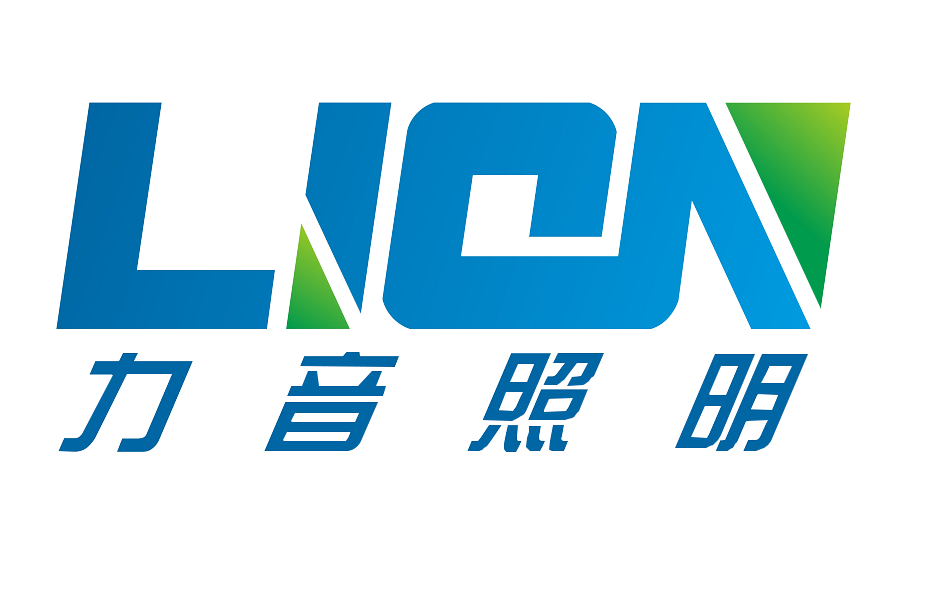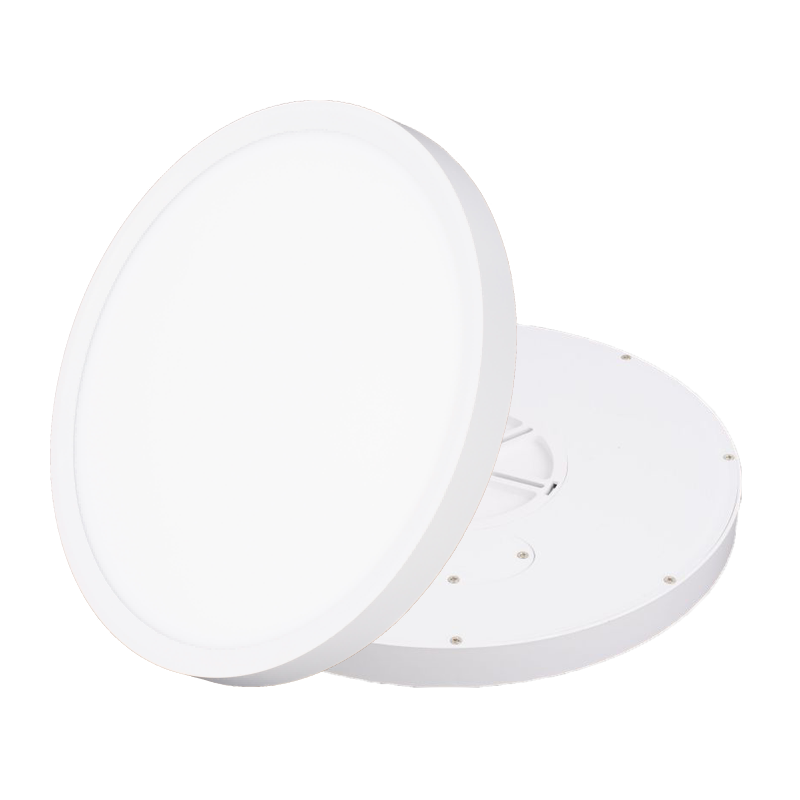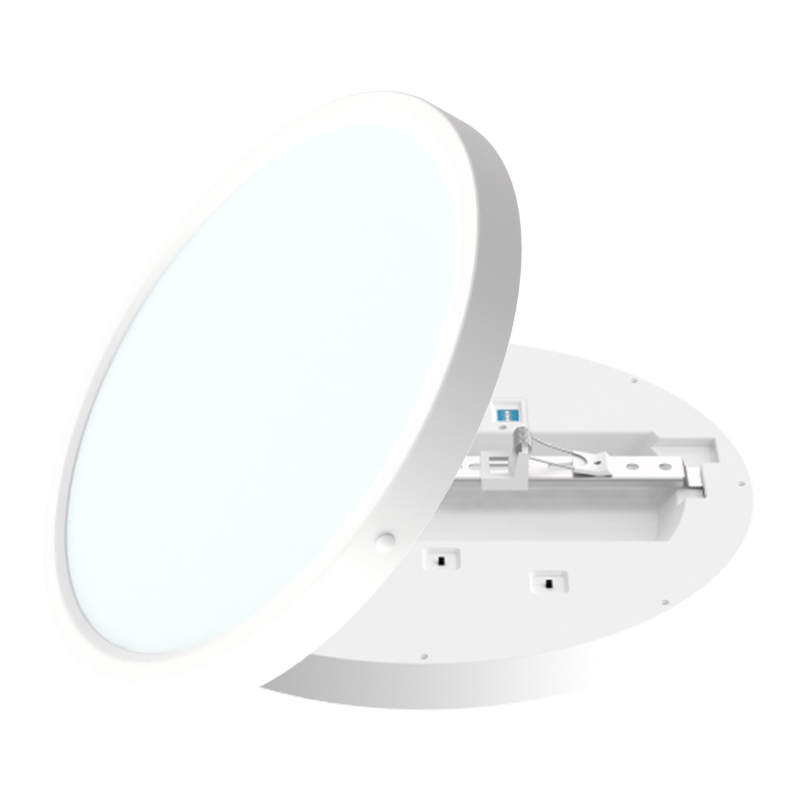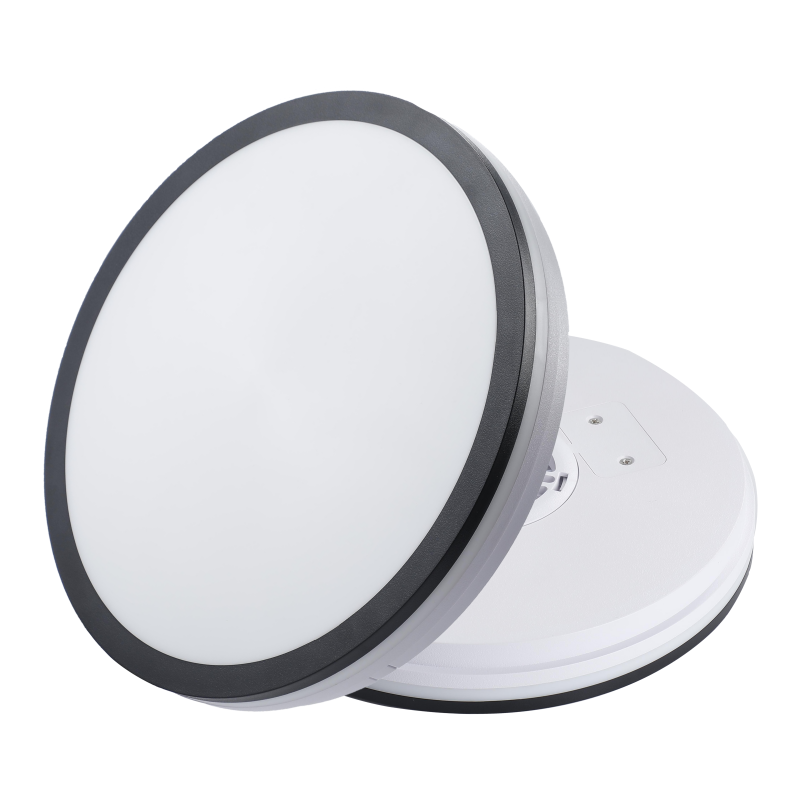In the globalized market, the pricing of lighting products is not only influenced by factors in a single country or region but also shaped by complex elements such as the division of labor in the international industrial chain, cross-cultural consumption preferences, and trade policies. From manufacturing plants in Southeast Asia to high-end design workshops in Europe, and from cross-border e-commerce platforms to international home furnishing exhibitions, differences in every link can lead to price gaps of several times or even dozens of times for the same product in different markets.

I. Regional Differences in International Production Costs
The global lighting industry chain is extremely unevenly distributed, and cost differences across regions directly determine the benchmark pricing of products, forming a pattern of "global production, regional pricing".
(1) Transnational Gaps in Labor Costs
Southeast Asia, with its low labor costs, has become a major production base for mid-to-low-end lighting. Workers in a Vietnamese lighting factory earn approximately $200-300 per month, only 1/10 of that for the same position in Europe. The ex-factory price of basic ceiling lights produced there can be as low as $10, while the same product made in European factories, due to high labor costs, has an ex-factory price of at least $30. This cost difference is particularly significant in labor-intensive products: the hourly cost for a hand-woven lampshade produced in Guangdong, China, is about $3, while the equivalent hourly rate for Italian craftsmen reaches €30, resulting in a 5-8 times price difference for the same lampshade. To maintain the premium of "Made in Europe", some high-end brands retain core processes locally even when setting up factories in Southeast Asia. For example, a German brand's crystal chandelier keeps only the crystal cutting process in Bavaria, which accounts for 40% of the total cost, directly driving up the terminal price.
(2) Fluctuations in the Global Supply Chain of Raw Materials
Fluctuations in international commodity prices affect lighting pricing through the raw material chain. In 2023, global aluminum prices rose by 25% due to geopolitical conflicts, increasing the production cost of aluminum lamp frames in Southeast Asia by 18%, and the terminal price of aluminum table lamps exported to North America was subsequently raised by 12%. The monopoly of special materials in specific regions has even greater influence: Bohemian crystal from the Czech Republic occupies 70% of the global market for high-end crystal lamp materials. For every 10% increase in its price, the average price of high-end crystal chandeliers worldwide fluctuates by 5%-8%. To hedge against raw material risks, international brands generally adopt global procurement strategies: a Dutch lighting company has established a copper processing plant in Brazil and a glass production base in Malaysia, controlling fluctuations in raw material costs within 5% through regional supply to stabilize pricing.
(3) International Divisions in Energy and Environmental Protection Costs
Different countries' energy policies and environmental standards lead to differences in implicit costs in the manufacturing process. Due to the implementation of "carbon neutrality" policies in Europe, factory electricity costs are 3 times those in China and 5 times those in India. A Danish brand uses 100% renewable energy for production to meet carbon footprint requirements, and the unit energy cost of its LED lamps is 20% higher than that of Chinese counterparts. This part of the cost is converted into a price that is 15% higher than similar products. The stringency of environmental regulations also drives up costs: the EU's RoHS directive requires lamps to ban 6 hazardous substances, forcing enterprises to invest in additional testing equipment and process improvements. The compliance cost for each product is approximately €50,000-100,000, which is ultimately reflected in pricing—lamps exported to the EU are 10%-15% more expensive than domestic versions.

II. Dynamic Game of Supply and Demand in International Markets
The maturity, consumption capacity, and fashion trends of markets in different global regions jointly form an "international coordinate system" for lighting pricing, and the same product may adopt completely different pricing strategies in different markets.
(1) Tiered Pricing Based on Regional Consumption Capacity
Differences in consumption capacity between developed countries and emerging markets have given rise to the "global same model, regional pricing" model. An international brand's smart ceiling light is priced at $299 in European and American markets (with a 45% gross profit margin), a simplified version (with reduced sensor functions) is launched in the Indian market at $99 (30% gross profit margin), and basic models are produced by local distributors in Africa at only $49 (25% gross profit margin). This tiered strategy is reflected not only in functional simplification but also in material adjustments: lamp shades exported to Europe use food-grade silica gel, while the same model in the Southeast Asian market uses ordinary PVC, resulting in a 3-fold cost difference and naturally widening the price gap. The consumption capacity of high-end markets further supports luxury pricing: a custom crystal chandelier purchased by a hotel in Dubai, the Middle East, is priced at $1.2 million per unit, with 30% of its price consisting of a "luxury tax"—designed to meet the identity signaling needs of high-net-worth clients.
(2) Time Difference Premium in International Fashion Trends
There is an "international transmission cycle" for lighting design trends, and markets that first introduce trends gain pricing initiative. The "biomorphic" lighting design launched at the 2023 Milan International Furniture Fair became popular in high-end European and American markets 6 months later, with the same design of chandeliers priced at €1,500; another 6 months later, Chinese factories launched imitations at €300; after another 3 months, simplified versions appeared in Southeast Asian markets at only €80. This "time difference premium" is more obvious in smart lighting: lamps equipped with the latest Bluetooth Mesh 2.0 protocol are priced 50% higher than those with the old protocol when first launched in Europe and America. After 6 months, as the technology becomes popular, the premium drops to 20%, and when the technology becomes obsolete, old models may be discounted by 30% for clearance.
(3) Price Conflicts Between Cross-border E-commerce and Local Channels
The rise of international e-commerce platforms is breaking down traditional regional pricing barriers. Amazon Global's "Global Shopping" service allows Chinese consumers to buy the same American smart table lamp for 1,200 yuan (compared to 1,800 yuan from domestic agents), with the price difference stemming from cross-border direct supply eliminating multiple distribution costs. To address this conflict, international brands have begun implementing an "e-commerce exclusive model" strategy: an American brand customized chandeliers for Chinese e-commerce channels, using aluminum alloy instead of copper for the lamp body, maintaining the same appearance but reducing costs by 25%, and pricing 30% lower than offline models. This avoids channel conflicts while maintaining brand premium. Live streaming on social e-commerce has further amplified price differences—Middle Eastern hosts sell Chinese lighting at 40% below local market prices through a "factory direct procurement" model, forcing local distributors to adjust their pricing strategies.
III. Premium Logic of International Brands and Cultural Values
In international markets, the cultural attributes and regional endorsement of brands often determine pricing more than the products themselves, forming a pricing inertia of "origin equals value".
(1) Premium Capability of Origin Brands
Origin labels such as "Italian design" and "German craftsmanship" themselves are pricing advantages. A family-owned enterprise in an Italian town produces only 5,000 lighting products annually, but its brand story of "Tuscan hand-forging" makes each iron lamp priced at over €2,000, 10 times that of Chinese products with the same craftsmanship. This premium stems not only from technological differences but also from cultural identity: European consumers believe these products carry "the aesthetic genes of the Renaissance" and are willing to pay for cultural added value. Japan's "Washi lighting" uses the brand narrative of "craftsman spirit" to price 3 times higher than Korean imitations even with the same materials, with its core competitiveness lying in the cultural IP of "paper-making craftsmanship inherited from the Edo period".
(2) Pricing Synergy of Cross-border Mergers and Acquisitions and Brand Matrixes
International lighting groups form brand matrices through mergers and acquisitions, formulating differentiated pricing for different markets. A Dutch group owns three brands: an acquired high-end Italian brand (priced €1,000-5,000), a local mid-range brand (€300-1,000), and an acquired Chinese mass-market brand (€50-300). By sharing the supply chain, some components of the high-end brand are OEM-produced by Chinese factories, reducing costs by 30% without changing pricing, thus expanding profit margins; the mass-market brand uses obsolete technology from the high-end brand, marketing it as "technology transfer" and pricing 20% higher than purely local brands. This synergy is particularly evident in emerging markets.
(3) Added Value of Culturally Adaptive Design
Designs customized for different cultural backgrounds can gain additional pricing space. An international brand's chandelier designed for the Middle Eastern market incorporates geometric mosaic elements and sand-dust-proof structures, priced 30% higher than the universal model. Due to its precise alignment with local aesthetic and climatic needs, its market share has rapidly increased. For the "new Chinese style" lighting in the Chinese market, European and American brands collaborate with Chinese designers to integrate traditional elements with modern materials, pricing 2-3 times that of local brands. The premium comes from the unique positioning of "integration of Eastern and Western aesthetics". Conversely, products ignoring cultural differences may face pricing dilemmas: a European brand directly sold lamps with cross elements in the Middle East, leading to unsold inventory due to cultural conflicts and ultimately having to dispose of them at a 40% discount.

IV. Rigid Constraints of International Trade Policies and Exchange Rates
Tariffs, exchange rates, and technical barriers in cross-border trade set insurmountable "international thresholds" for lighting pricing, directly affecting product competitiveness in target markets.
(1) Cost Transfer of Tariffs and Trade Agreements
Different countries' tariff policies result in significant terminal price differences for the same product. The United States imposes a 25% tariff on Chinese LED lamps, making the price of Chinese-made table lamps in the U.S. (including tariffs, freight, and dealer profits) 60% higher than in China; Vietnam, having signed a free trade agreement with the EU, enjoys zero tariffs for its lamp exports to the EU, pricing them at only 70% of similar Chinese products and quickly seizing the European mid-range market. Regional trade agreements can reshape price patterns: Southeast Asian countries joining RCEP have tariffs on lighting products reduced to below 5% among member states. A chandelier produced by a Thai factory exported to Australia can be priced 20% lower than Chinese exports, forming regional price advantages.
(2) Real-time Pricing Adjustments Due to Exchange Rate Fluctuations
Short-term exchange rate fluctuations force enterprises to frequently adjust international pricing. In 2023, the RMB depreciated by 5% against the U.S. dollar, and the FOB price of Chinese lighting exports to the U.S. decreased by 5% accordingly, with terminal prices falling by 3%-4%, stimulating a 15% sales growth; when the euro appreciated by 8% against the yen, German brands had to raise the pricing of lamps exported to Japan by 6%, resulting in market share being seized by local brands. To hedge exchange rate risks, large enterprises generally use "exchange rate locking" tools: a Chinese lighting company signed a forward foreign exchange settlement agreement with a bank, locking the exchange rate at 7.0 for 6 months, ensuring stable export pricing. Even if the exchange rate fluctuates by 10% during this period, terminal prices remain unchanged.
(3) Superposition of Technical Barriers and Certification Costs
Differences in international technical standards drive up pricing through certification costs. Lamps exported to Europe require CE certification (costing approximately €20,000 per model) and ERP energy efficiency certification (€10,000 per model), with a total certification cost of €30,000-50,000 per product, which, when allocated to sales volume, increases pricing by 10%-15%; products sold in the U.S. need UL certification, with testing fees 30% higher than CE and a certification cycle 3 months longer, leading to higher initial pricing to recover costs. Technical requirements in special markets are more stringent: Saudi Arabia's SASO certification requires lamps to pass high-temperature and high-humidity environmental tests (40°C, 90% humidity for 1,000 hours), forcing enterprises to invest in specialized equipment modifications, increasing the testing cost of a single product by 50,000 yuan, and ultimately reflecting in a 20% higher price than ordinary models.
The pricing logic of the international lighting market is a concentrated reflection of the global industrial chain division of labor, cultural value differences, and the game of trade rules. For enterprises, it is necessary to accurately calculate transnational production costs, understand consumer psychology in different markets, and flexibly respond to changes in trade policies—this requires enterprises to establish a pricing system of "global thinking + local execution" to balance profits and market share in complex international competition.



